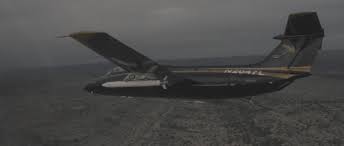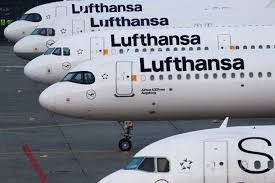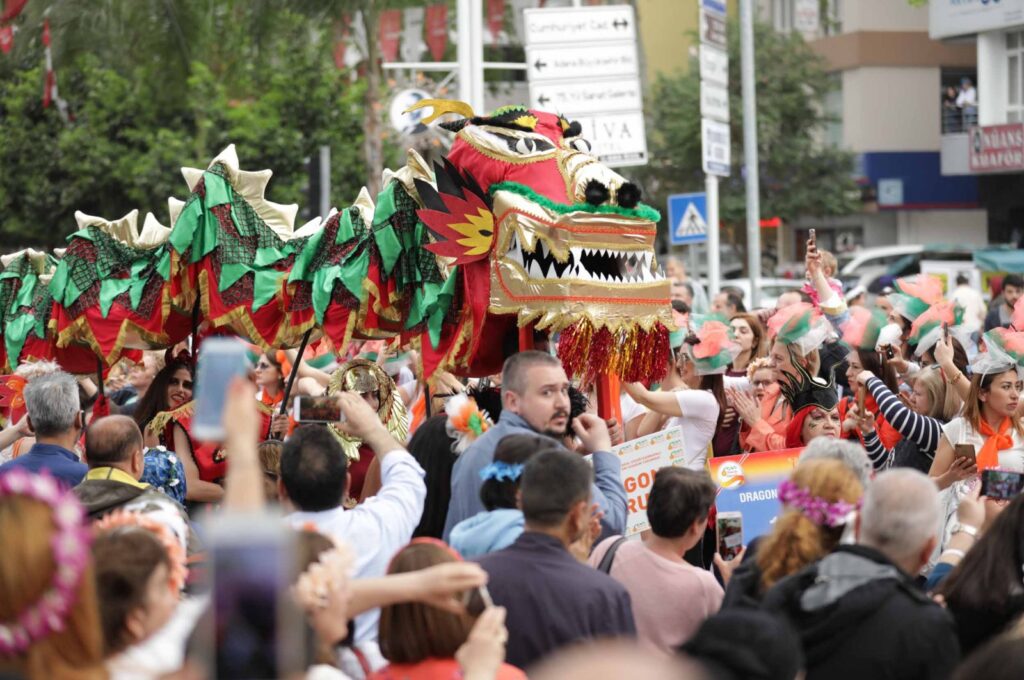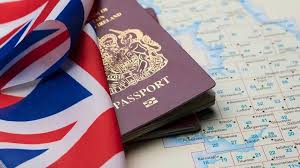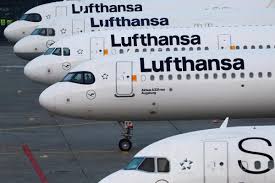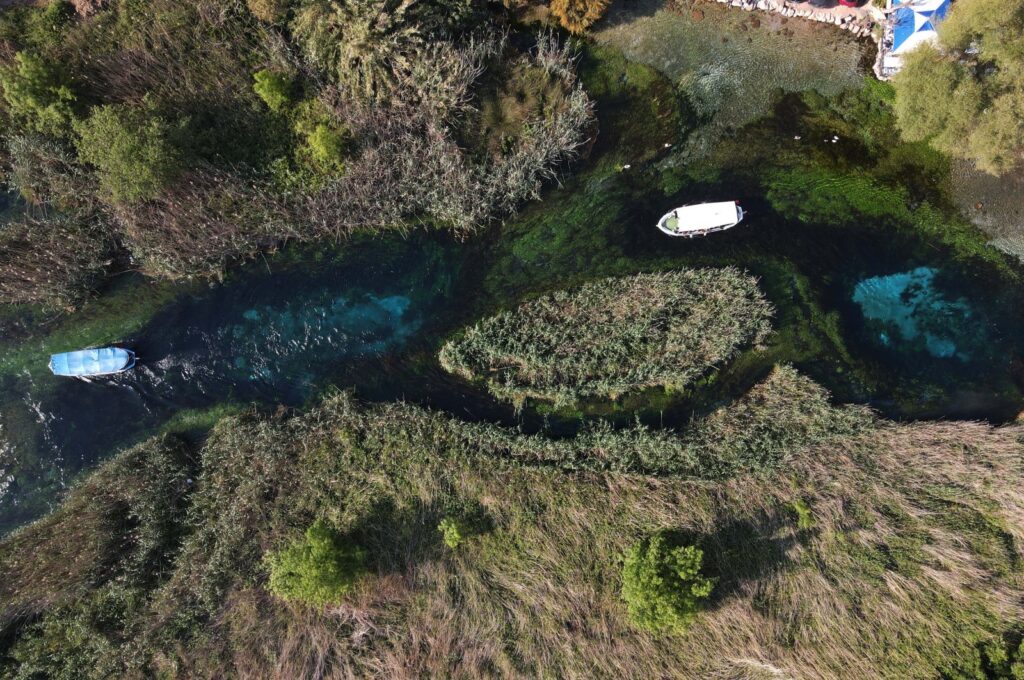
Gary Jones
Many societies flatter themselves with tales of a core value supposedly in their DNA. The British have their so-called “Blitz Spirit”, a teeth-gritted resolve said to have been shared by people during Germany’s intensive bombing campaign of World War II. Americans, meanwhile, are always keen for personal improvement, as promised by the “American Dream”.
On the other side of the planet, many of Hong Kong’s 7.4 million people also take pride in an intangible quality that they claim as their own. The “Lion Rock Spirit” – which describes their collective determination to better their lives against seemingly insurmountable odds – is, believers say, hardwired in the Asian city.
After all, many older Hong Kongers arrived in the tiny territory on China’s southern coast as refugees with nothing, fleeing from turmoil in mainland China between the 1930s and ’60s when Hong Kong was still a British colony. It was their resilience and hard work, they insist, that transformed their city into a global financial centre in just one generation.
“We all had to work hard back then,” said Chan, an elderly man I met outside a sprawling Hong Kong public housing estate. “If you did not, you would go hungry, your children would be hungry. Everyone was working hard for their future.”
“The Lion Rock Spirit was a common belief in my parent’s generation,” said Bryony Hardy-Wong, whose mother and father arrived from China in the 1960s, and who was brought up on a similar housing estate. “Most of them were coming from humble backgrounds. What they believed was to work hard, and then they could win the opportunities to climb up the social ladder.”
The 495m-high Lion Rock is topped by a huge granite outcrop that resembles a crouching lion (Credit: Zoonar GmbH/Alamy)
Hardy-Wong, who works as a communications manager in the city, cited the much-celebrated case of Li Ka-shing, who arrived with his family in the 1940s, fleeing war and living in extremely humble circumstances in their exile. The death of Li’s father from tuberculosis meant Li was forced to leave school at 15, working 16 hours a day in a plastics trading company.
What they believed was to work hard, and then they could win the opportunities to climb up the social ladder
Now retired, Li is believed to be the wealthiest person in Hong Kong, a go-getting metropolis with a GDP per capita on par with that of Germany. Li’s assets, according to Forbes magazine, top US$35bn. “Li Ka-shing is always a role model for the older generation,” Hardy-Wong said.
A special administrative region of China since 1997, hilly Hong Kong comprises three distinct areas: Hong Kong Island; the Kowloon Peninsula, just across the busy waters of Victoria Harbour; and the largely rural New Territories that mainly stretch between Kowloon and China proper.
Kowloon means “nine dragons” in Cantonese, denoting a 13th-Century Chinese emperor and a procession of eight hills cutting between the peninsula and the New Territories. Lion Rock is one of those hills, its 495m peak topped by a huge and distinctive granite outcrop that, in silhouette from Kowloon, really does resemble a crouching lion.
The lives of refugees from mainland China in Hong Kong had always been tough, but between 1945 and 1951 – firstly with China’s civil war raging and eventually with the 1949 victory of Mao Zedong’s Red Army – the city’s population more than tripled, from about 600,000 to more than two million.
The influx of so many desperate people into the then-British colony resulted in a severe housing shortage, with hundreds of thousands squeezing into ramshackle squatter communities on Kowloon hillsides. There they struggled to survive in squalid conditions, suffering from hunger and malnutrition, poor sanitation and disease outbreaks, as well as extreme competition for work, low pay and exploitation by bosses.
Lion Rock spirit helped transform the city into a centre of international finance (Credit: Martin Puddy/Getty Images)
The squatter huts were largely made of discarded wood and other waste materials, and residents cooked on open fires. Accidental conflagrations, then, were another threat: on Christmas Day 1953, a fire raged through Kowloon’s Shek Kip Mei squatter area, making 53,000 people homeless overnight.
The administration acted swiftly in response, distributing food and other necessities and constructing shelter homes. A plan was made to clear the squatter areas and a fund was established for the construction of resettlement buildings, forerunners of the subsidised public housing estates that for decades made the Hong Kong government the world’s biggest landlord.
By 1972, an ambitious public housing programme promised that affordable homes would be created for 1.8 million citizens, or about 45% of the entire population at that time. This would be achieved through the building of new towns in the New Territories and many high-rise estates in Kowloon, including those in the neighbourhoods of Wong Tai Sin, Tsz Wan Shan and Wang Tau Hom that sit directly beneath Lion Rock.
Starting in 1974, the hardscrabble lives of the underprivileged of this part of Kowloon were dramatised in an emotive TV series called Below the Lion Rock, which ran over five series on government-run channel RTHK.
The series tackled the hard socio-political realities of the changing times – everything from corruption, drugs and gambling addiction to the struggles of ex-cons and the disabled – with true-to-life characters ranging from a street hawker and a civil servant to a reporter and a fireman. The button-pushing drama resonated with the downtrodden and the working class.
According to Helena Wu, assistant professor of Hong Kong studies at Canada’s University of British Columbia, in her 2020 book The Hangover after the Handover: Places, Things and Cultural Icons in Hong Kong, “it was reported in 1974 that only 1% of the local population had never watched the show.”
Once home to ramshackle squatter communities, Kowloon is now a densely populated, neon-lit urban area (Credit: Gary Yeowell/Getty Images)
The programme became even more popular in 1979, boosted by a sentimental theme song – also called Below the Lion Rock – sung by much loved Cantopop crooner Roman Tam. The roughly translated lyrics, in part, read:
Of one mind in pursuit of our dream, All discord set aside, With one heart on the same bright quest, Fearless and valiant inside, Hand in hand to the ends of the Earth, Rough terrain no respite, Side by side we overcome ills, As the Hong Kong story we write.
However, while the 1970s ditty might now be considered the unofficial anthem of the city, for most people, the Lion Rock Spirit is a 21st-Century phenomenon.
“The song became part of the collective consciousness of the masses from 2002, when the then financial secretary Antony Leung cited the song’s lyrics in his budget address,” explained Dr Maggie Leung, a lecturer in Hong Kong studies at Hong Kong University.
She said the city’s economy was badly battered by the financial crisis and the Sars epidemic at the time, and in an appeal to citizens to support his budget, “Leung used the song to evoke nostalgic reminiscences of Hong Kong’s economic success created by an uncomplaining, perseverant and diligent people who supported each other.”
Since then, other politicians have used the song whenever they have felt a need to raise morale in Hong Kong. Also in 2002, Zhu Rongji, then the premier of China, included Below the Lion Rock lyrics in a speech promising economic support for Hong Kong. In 2013, with political discontent increasingly bubbling locally, the government incorporated the tune into a “Hong Kong Our Home” community cohesion campaign.
In 2019, pro-democracy activists lit up Lion Rock using torches, lanterns and laser pens (Credit: Joe Chen Photography/Getty Images)
This was perhaps most dramatically demonstrated when political activists climbed the rock to make a bold demand for universal suffrage during the pro-democracy Umbrella Movement protests of 2014; and when thousands of their torch-carrying comrades enacted an eye-catching gesture from its summit during the more confrontational anti-government demonstrations that engulfed the city in 2019.
This kind of fighting against injustice, strength in the face of troubles, is the true Lion Rock Spirit
“The hanging of a gigantic banner during the Umbrella Movement in 2014… as well as the forming of the glistening human chain to the top in the 2019 protest, are evidence of the symbolic significance of Lion Rock,” said Leung.
“We think the spirit of Lion Rock isn’t just about money,” one of the anonymous youths behind the banner said in video footage the group shared of the 2014 stunt, adding: “This kind of fighting against injustice, strength in the face of troubles, is the true Lion Rock Spirit.”
The dramatic growth of Hong Kong’s middle class in recent decades, and the increase in the number of young adults who’ve completed higher education, means the Lion Rock Spirit has evolved to become something new. “The socio-economic situation has changed [and] the 1970s concept of Lion Rock Spirit is no longer applicable,” said Hardy-Wong.
However – although few young adults have probably seen any of the 15-minute, black-and-white early episodes of Below the Lion Rock – one core concept has stayed the same.
In essence, the lyrics of the Below the Lion Rock theme say that while there will always be struggles in life, the people of Hong Kong can make their lives better by pushing their differences aside and being supportive of each other. Everyone is, after all, in the same boat, and that solidarity still holds for many.
“The conventional good professions such as doctor and lawyer are no longer the careers [the younger generation] pursue,” said Hardy-Wong. “Therefore, the Lion Rock Spirit is used more for social context now, especially after the social movement in 2019, when the people shared the same values, eager to voice their opinions and demands, to strive for a just and equal society.”
Courtesy: BBC
The post The ‘can do’ attitude that defines Hong Kong appeared first on The Frontier Post.



